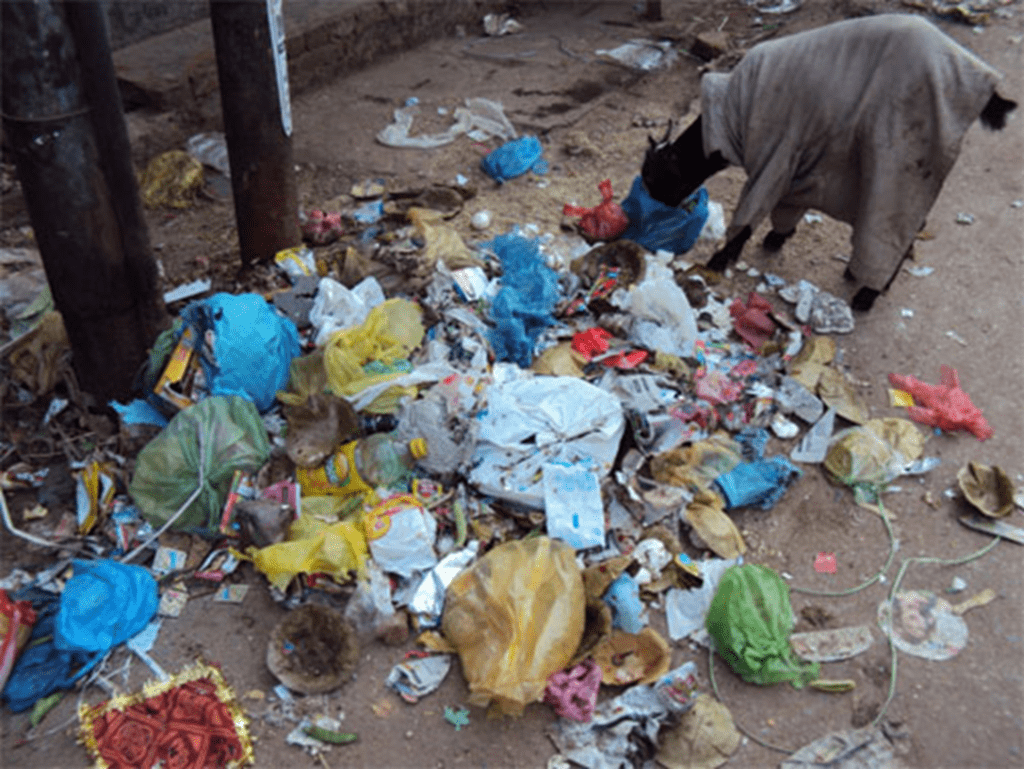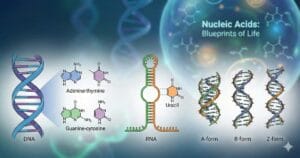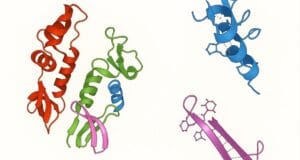
COMPETITIVE EXAM MCQs SERIES of ENVIRONMENTAL SCIENCE for UGC-NET/JRF, SLET, ARS, GATE, and other entrance tests – Characterization of Solid and Hazardous Waste.
Syllabus Outline
- Sources and classification of hazardous waste.
- Physical Characterization of Solid Waste (e.g. particle size, density and moisture content).
- Chemical composition: organic and inorganic constituents.
- Analytical techniques for chemical characterization.
- Biological components and biodegradability of solid waste.
- Methods for assessing biological characteristics.
- Hazardous Waste Identification and Classification.
This quiz contains the concept-based most frequently asked 25 MCQs of “Characterization of Solid and Hazardous Waste“. Each question has a single correct/most appropriate answer.
*****
1. A typical passenger tyre contains a maximum amount of:
a) Styrene-butadiene
b) Carbon black
c) Aromatic oil
d) Zinc oxide
2. Which of the following waste contains the highest C/N ratio (weight/weight)?
a) Sawdust
b) Fruit wastes
c) Leaves
d) Sewage sludge
3. Which freshly collected waste contains the highest moisture percentage?
a) Shrub trimmings
b) Cornstalks
c) Fruit wastes
d) Paper waste
4. Which of the following methods is commonly used to determine the moisture content of solid waste?
a) Gravimetric analysis
b) Spectroscopic analysis
c) Chromatographic analysis
d) Titration
5. What is the primary purpose of proximate analysis on solid waste?
a) To determine the chemical composition
b) To assess the calorific value
c) To identify the presence of heavy metals
d) To measure the moisture content
6. Which of the following is most harmful?
a) Animal waste
b) Excess fertilizers
c) Domestic sewage
d) Non-biodegradable waste
7. What kind of waste is termed as Municipal Solid Waste?
a) Hazardous
b) Non-Hazardous
c) All solid waste generated from municipal area
d) All solid waste generated from industrial areas under the municipality.
8. Which of the following components of solid waste contributes the most to its calorific value?
a) Moisture
b) Volatile matter
c) Fixed carbon
d) Ash
9. What is the primary method used to determine the calorific value of solid waste?
a) Bomb calorimetry
b) Spectroscopy
c) Gravimetric analysis
d) Titrations
10. Which of the following characteristics is NOT typically assessed during the characterization of solid waste?
a) Particle size distribution
b) Moisture content
c) Radioactivity
d) Density
11. Which of the following methods is commonly used to determine the heavy metal content of solid waste?
a) X-ray fluorescence spectroscopy
b) Gas chromatography
c) Atomic absorption spectroscopy
d) Mass spectrometry
12. What is the primary purpose of conducting leachate analysis on solid waste?
a) To determine the moisture content
b) To assess the potential for groundwater contamination
c) To measure the calorific value
d) To identify heavy metal concentrations
13. Which of the following methods is commonly used to determine the organic matter content of solid waste?
a) Gravimetric analysis
b) Titration
c) FTIR
d) GC-MS
14. What is the primary method used to determine the particle size distribution of solid waste?
a) Sieving
b) Filtration
c) Centrifugation
d) Sedimentation
15. What is the primary purpose of pH analysis on solid waste?
a) To assess the potential for odour generation
b) To determine the moisture content
c) To evaluate the potential for leaching of contaminants
d) To measure the organic matter content
16. Which of the following is NOT typically considered a component of solid waste?
a) Paper
b) Plastic
c) Soil
d) Metal
17. Which of the following statements is correct regarding the relationship between solid waste particle size distribution and environmental fate?
a) Smaller particles degrade faster due to increased surface area for microbial activity.
b) Larger particles degrade faster due to higher internal temperatures during decomposition.
c) Particle size has no significant influence on biodegradation rates in landfills.
d) All waste particles, regardless of size, degrade at the same rate in anaerobic conditions.
18. Which waste characteristic would be MOST relevant for designing an effective sorting system?
a) Bulk density of the waste stream.
b) Chemical composition of the waste materials.
c) Biodegradability of the individual waste components.
d) Magnetic or electrical properties of the materials.
19. Calorific value refers to:
a) Heat generated during waste incineration.
b) Energy content of a waste material.
c) Rate of waste decomposition in landfills.
d) Toxicity level of leachate.
20. What is the primary limitation of manual sorting methods for waste characterization?
a) High-cost
b) Low accuracy
c) Labor-intensive process
d) Not suitable for all waste types
21. What is the primary purpose of conducting heavy metal analysis on solid waste samples?
a) To determine the waste composition
b) To assess potential health risks
c) To estimate waste volume
d) To identify waste sources
22. The heavy metal content of a solid waste sample is determined to be 80 ppm. If the mass of the sample is 500 kg, what is the mass of heavy metals in the sample?
a) 6.25 kg
b) 6.25 g
c) 40 g
d) 40 kg
23. A solid waste sample has a moisture content of 18% and an ash content of 12%. If the mass of the wet sample is 800 kg, what is the mass of dry solids in the sample?
a) 512 kg
b) 576 kg
c) 656 kg
d) 704 kg
24. Assertion (A): High moisture content in municipal solid waste promotes rapid biodegradation.
Reasoning (R): Microorganisms require moisture for optimal activity in landfills.
a) Both A and R are true, and R is a correct explanation of A.
b) Both A and R are true, but R is not a correct explanation of A.
c) A is true, but R is false.
d) A is false, but R is true.
25. Assertion (A): Waste with a high bulk density is preferable for landfilling.
Reasoning (R): Denser waste requires less space in landfills, maximizing landfill capacity.
a) Both A and R are true, and R is a correct explanation of A.
b) Both A and R are true, but R is not a correct explanation of A.
c) A is true, but R is false.
d) A is false, but R is true.
*****
Previous: Radioactive, Thermal and Marine Pollution
Next: Solid Waste Collection and Transportation
References
- Kumar, R. & Singh, R.N. (2016) Municipal Solid Waste Management in Developing Countries, CRC Press, 1st edition.
- Freeman, H.M. (1998) Standard Handbook of Hazardous Waste Treatment and Disposal, McGraw-Hill, 2nd edition.
- Agarwal, S.K. (2005) Solid Waste Management, APH Publishing Corporation, 1st edition.
- Rao, M.N. & Sultana, M. (2013) Solid and Hazardous Waste Management, B.S. Publications, 1st edition.

